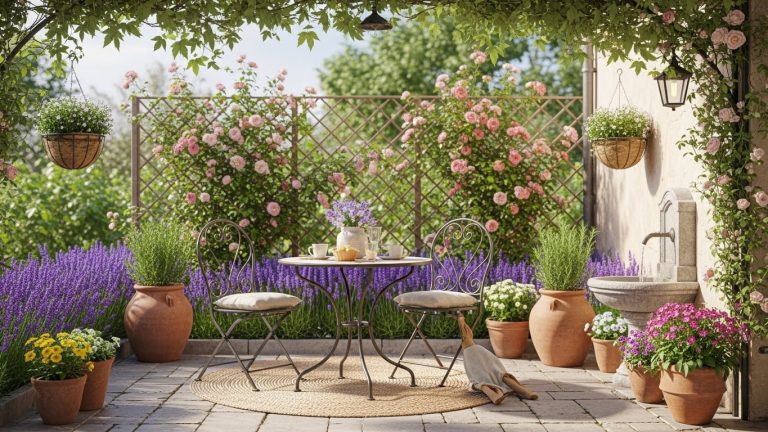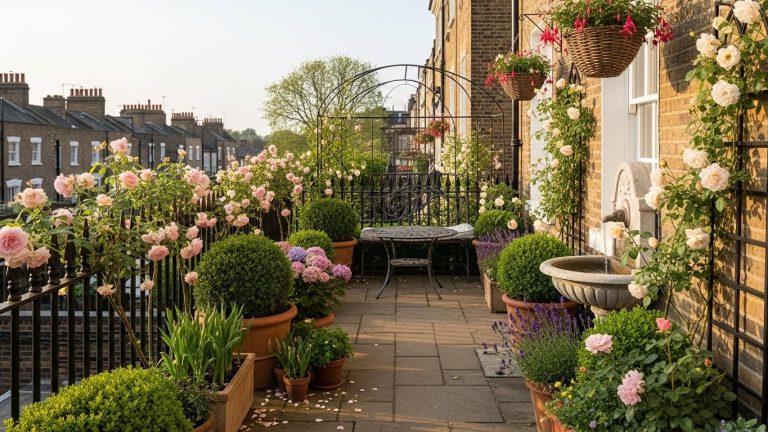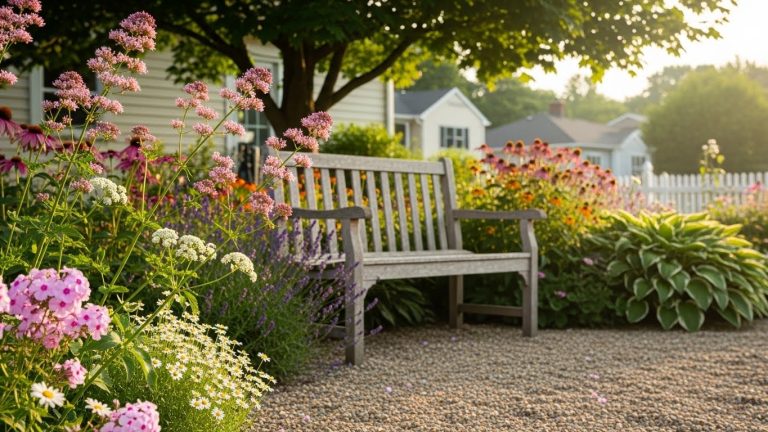Garden Trellis Ideas DIY: 15 Creative Vertical Garden Builds
Ever walked past a garden wall and thought, “What if I could grow my veggies or blooms up instead of out?” That’s exactly why I got hooked on DIY garden trellis ideas: they turn space-hogs into vertical opportunities and add charm that flat beds can’t match. I’ve spent more weekends than I care to admit building trellis frames, repurposing old ladders, and training vines until they obey — and guess what? The results are worth every screw, knot, and lean ladder.
These days, with shrinking yards, rising interest in kitchen gardens, and the desire to create pretty as well as productive spaces, having solid garden trellis ideas DIY at hand matters. Trellises don’t just support plants — they elevate the whole landscape, fit small spaces, and bring home the satisfaction of “I made that.” So, cozy up with a cuppa, and I’ll walk you through 15 DIY garden trellis ideas — each one with what I love about it, what you’ll need to watch out for, and how you can make it work in your own patch. Ready? Let’s scaffold some vines.
1. A-Frame Pole Trellis for Climbing Vegetables
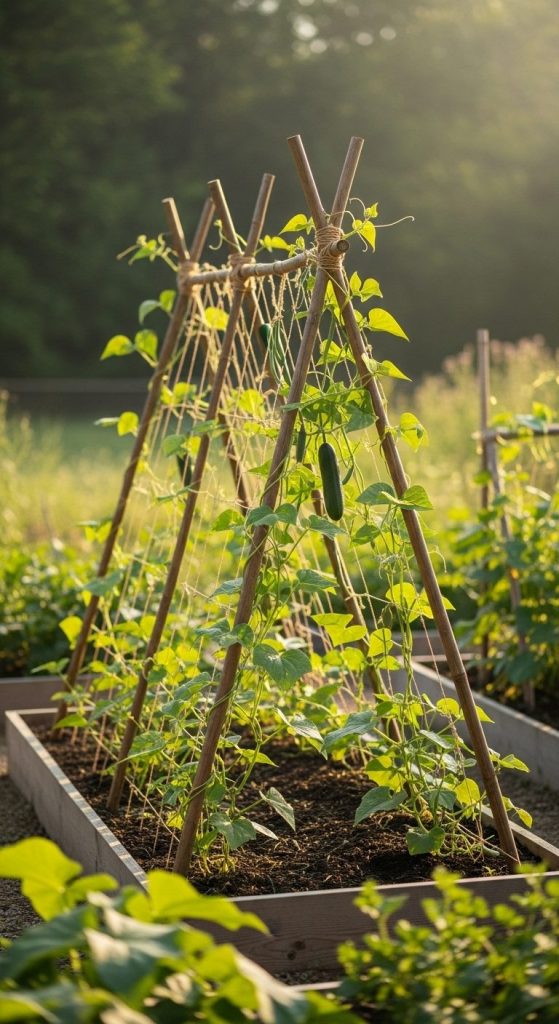
When you’ve got peas, beans, cucumbers or any vine that wants to stretch sky-ward, nothing beats an A-frame pole trellis. Picture two tall posts leaning in to meet at the top, forming a tent-like shape with wire or twine across. It’s simple, effective, and always looks good in a veggie patch.
Pros
- Maximises vertical space, letting you grow more in less footprint.
- Easier to harvest: vines are up and visible instead of sprawling on the ground.
- Better air-flow around the plants, which helps reduce diseases and mould. (Support: using vertical supports improves circulation and yields)
- Visual interest: it adds height and structure, turning the vegetable bed into more of a feature.
Cons
- You’ll need stakes/posts that are tall and stable — if they wobble, the whole frame suffers.
- Setup takes a bit more time than just throwing plants in a bed — you have to plan anchoring, spacing, and ensure support is strong enough for mature vines.
Takeaway:
If you’re growing vines, go vertical with an A-frame. It’s practical, space-saving, and visually fun — IMO, one of the best “first trellis builds” for DIY gardeners.
2. Straight Panel Trellis Along a Fence
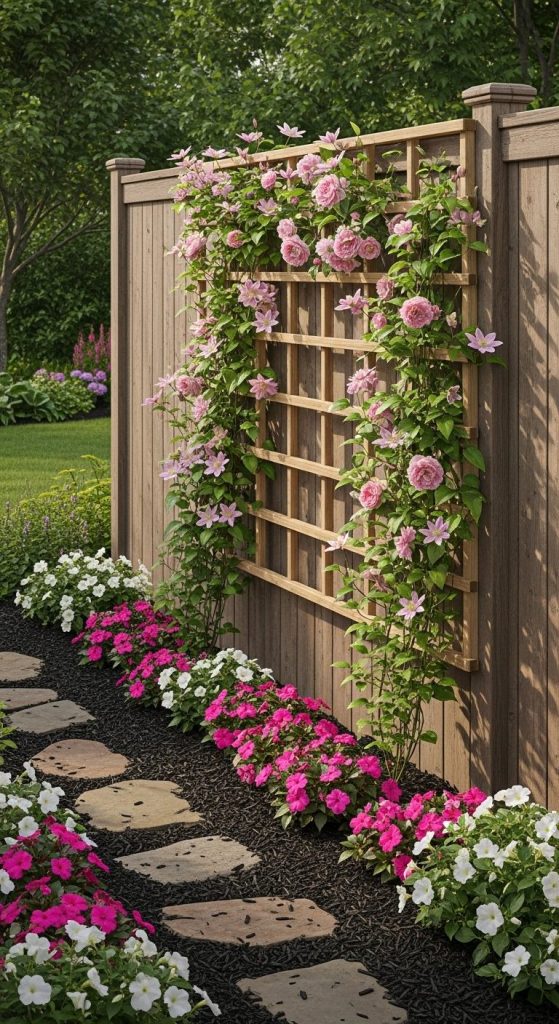
Got a fence or wall that feels bare? A straight panel trellis is your friend — and a deeply satisfying DIY project. You mount a panel (wood lattice, wire mesh, or repurposed frame) against a fence, and let climbing plants (roses, clematis, gourds) take over.
Pros
- Utilises an existing vertical surface so you don’t waste garden floor.
- Creates a living wall — useful for privacy, screening or simply adding greenery.
- Great for heavier climbers if you choose a sturdy panel. (Pro tip: support heavier vines with reinforced mesh)
Cons
- If the panel is flimsy, heavy vines may pull it loose or damage the mount.
- The planting space in front of the panel may become narrow or shaded after the vines mature, which can limit what you plant beneath.
Takeaway:
Fence looking uninspired? Mount a straight panel trellis and let your plants climb. It’s a smart way to blend function and beauty in one go.
3. Arched Trellis for Walkway or Garden Entrance
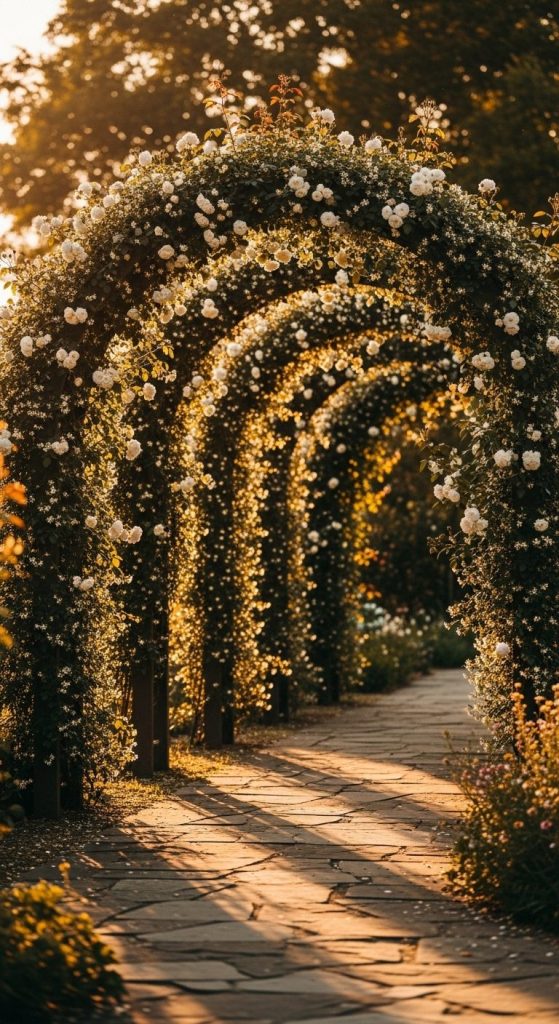
Imagine walking through a leafy archway of vines and blooms — it hits you: garden is more than just plants, it’s experience. The arched trellis is that moment of magic in a yard. Build it over a path or entrance, and you instantly transform movement into a moment.
Pros
- Dramatic visual effect: makes your garden feel like an entry, a tunnel, a destination. (Yes, trellis arches are trending)
- Offers dual-sided climbing surface — plants can grow on both sides of the arch, which maximises foliage and blooms.
- Works well for vines like clematis, roses, grapes or gourds — plants you want to showcase.
Cons
- Construction may require more materials and stability (arches bear weight differently).
- Maintenance: vines overhead mean more trimming, tending, and potential debris as things age or drop fruit.
Takeaway:
If you want a “wow” feature rather than just functional, build an arch. It’s dramatic, immersive, and a gorgeous focal point for your garden.
4. Ladder-Style Trellis Repurposed from Old Ladder

Here’s a favorite of mine: grab an old wooden ladder, secure it in the bed, lean vines up it, and boom — you have a repurposed ladder-trellis with serious charm. It’s budget-friendly, quirky, and full of character.
Pros
- Upcycles materials you may already have — great sustainability move and keeps costs down. (Budget-trellis ideas often emphasise reuse)
- Adds vertical interest in raised beds or corner spots where you want height but don’t want permanent structure.
- Flexible: you can paint it or leave it rustic depending on look.
Cons
- Ladder may not be designed for heavy loads — climbing plants get heavy, especially after rain or when fruiting. You’ll need to reinforce it if using for large vines.
- It may lean or shift if not securely anchored — safety matters.
Takeaway:
Want charm and function? Use that old ladder as a trellis. It gives character and keeps your plants climbing.
5. Teepee or Pyramid Pole Trellis for Beans/Peas
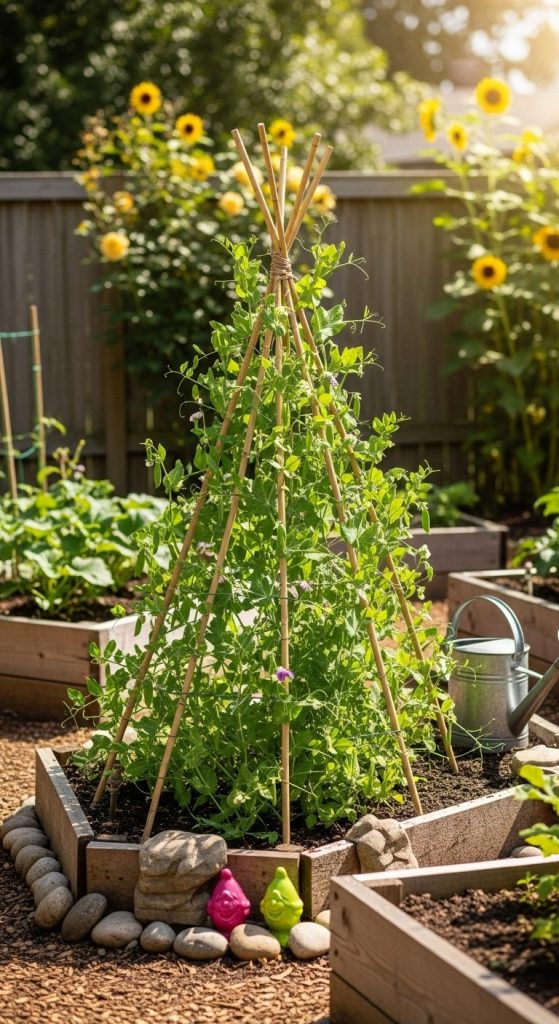
This one takes me back to childhood gardens: teepee-style trellis made of poles tied at the top, with beans or peas climbing up. Works beautifully in DIY garden beds and adds playful geometry.
Pros
- Affordable: just poles (wood or bamboo) + twine/netting, minimal cost. (DIY trellis advice backs this)
- Easy for kids or beginners — the structure is simple, visual and inviting.
- Makes an attractive focal point in the garden, especially when vines climb in and form the “tent”.
Cons
- Doesn’t offer large flat surface area — vines climb inwards, so you may miss some yield compared to flat panels.
- May be less suited to heavy fruiting vines (e.g., melons) unless heavily reinforced.
Takeaway:
If you’re growing beans or peas and want something fun and DIY-friendly, build a teepee trellis. It adds whimsy and gets the job done.
6. Wire Mesh or Chicken-Wire Trellis for Lightweight Climbers
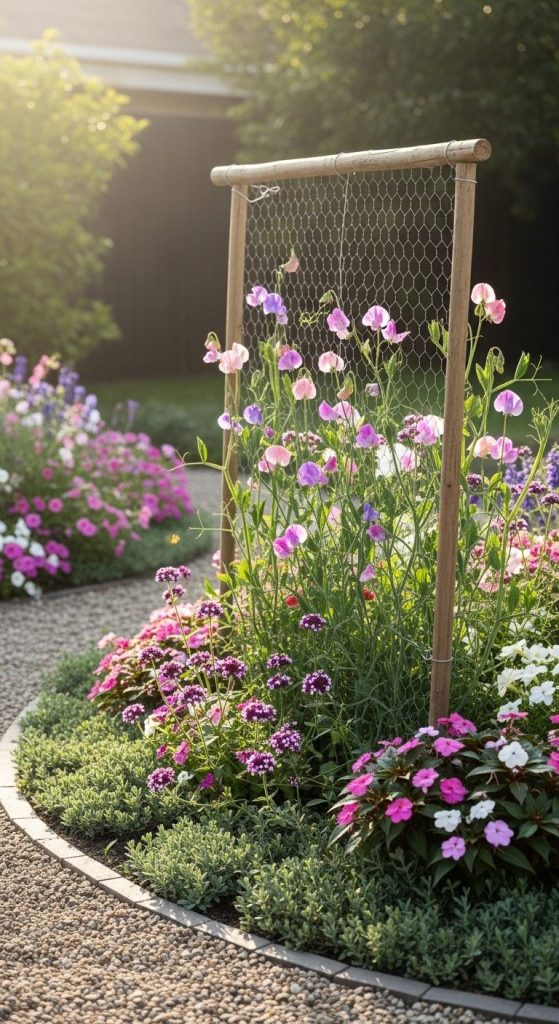
Not all vines need heavy duty. For lightweight climbers like sweet peas, morning glories or small hops, a wire mesh trellis works beautifully: subtle, effective and minimalist.
Pros
- Very low cost and often quick to install. (One guide notes that repurposed items like wire mesh make great trellises)
- Disappears into the garden visually — the plants stand out instead of the structure.
- Suitable for hobby areas, containers or small spaces.
Cons
- Less sturdy: heavy fruiting vines pushing loads may bow or pull out the mesh.
- Thin wires may cut into stems if you crab-grab vines — you’ll need to check and tie gently.
Takeaway:
For light climbers, go subtle with wire mesh. It’s lean, efficient and lets the plants shine.
7. Freestanding Obelisk Trellis in the Middle of a Bed

Here’s a classic garden nod: the obelisk trellis. Tall, pyramid-shaped, standing in the middle of a bed rather than against a wall. It gives height, dimension and a sculptural quality.
Pros
- Adds vertical height where there isn’t a wall or fence, so you get dimension in open beds.
- You can plant around its circumference — vines climb the center, other plants circle it, so you get layered interest. (Garden trellis guide discusses obelisks)
- Ideal for perennials or decorative vines — garden as art.
Cons
- Can dominate a small bed and reduce ground planting space.
- If very tall, might need anchoring or guy-wires to ensure stability in wind.
Takeaway:
Want a garden “statue” that’s alive? Use an obelisk trellis. It’s elegant, vertical and great for layered beds.
8. Tunnel Trellis — Vining Corridor Over Walkway

Here’s a dream: a tunnel of vines overhead, walkway under, creating a leafy corridor that feels immersive. Build two trellis frames opposite, connect overhead, train vines to meet in the middle. Instant magic.
Pros
- Unreal ambiance — walking under the green canopy is calming and memorable.
- Two-sided slope gives double climbing surface, maximizing plantings.
- Creates defined path and destination in the garden rather than just a bed.
Cons
- Construction is more involved — you need overhead structure, connection between frames, and durable materials.
- Maintenance: overhead vines drop leaves or fruit, which may need cleanup underfoot.
Takeaway:
If you have a walkway or want “garden theater,” build a tunnel trellis. It elevates the experience from planting to strolling.
9. Reclaimed Items Trellis (Ladders, Pallets, Windows)
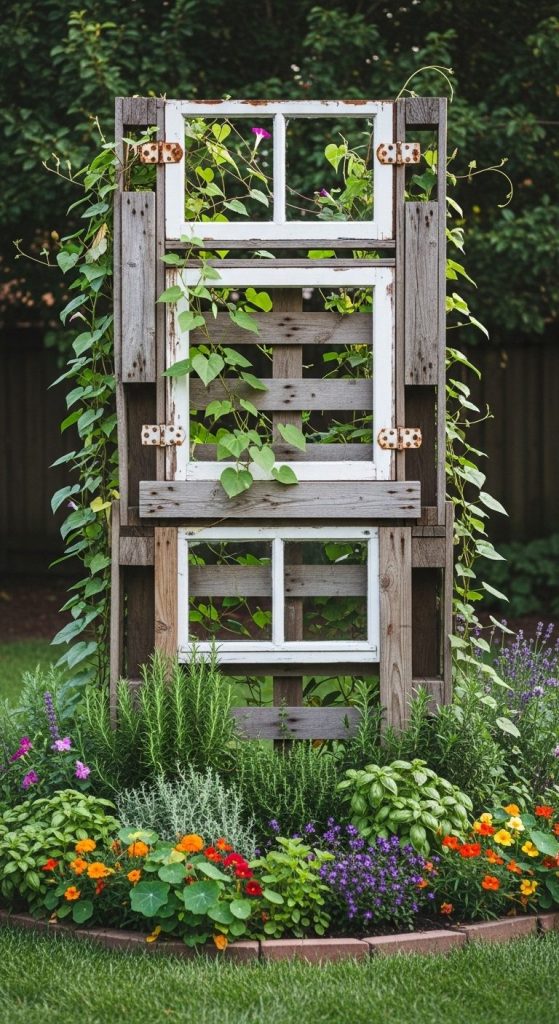
Here’s where creativity meets resource-fulness: converting items you find (old ladders, window frames, pallets) into trellises. It’s DIY friendly and super customizable.
Pros
- Budget-friendly — reuse materials you might already have. (Reuse and budget trellis ideas get cited)
- Unique aesthetic — each reclaimed piece carries its own story and texture.
- Custom size and shape: you aren’t locked into store dimensions.
Cons
- Materials may need treatment (weatherproofing, stabilising).
- Some items may not be structurally designed for climbing plants — you might need to reinforce or trust your build.
Takeaway:
Want character and DIY joy? Hunt for scrap items and turn them into trellis art. One man’s discarded ladder is your garden’s vertical moment.
10. Privacy Screen Trellis for Patio or Deck
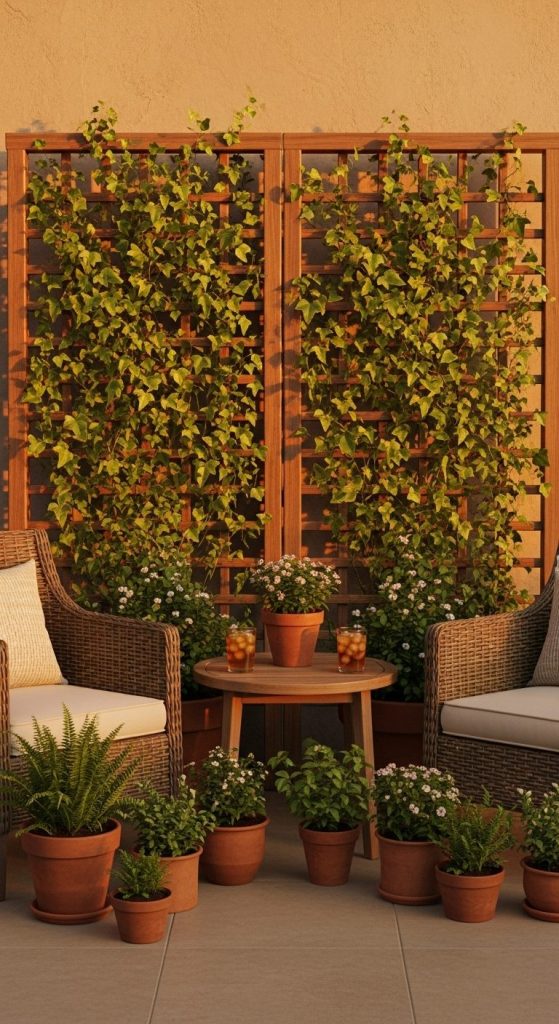
Sometimes you don’t just want a trellis for plants — you want privacy, separation, a backdrop. A screen-style trellis helps divide zones, hide utilities, and integrate climbing plants for a living screen.
Pros
- Provides screening as well as plant support — double function. (Privacy trellis ideas cited)
- Adds architectural interest to patios and decks — makes outdoor rooms feel defined.
- When plants fill in, you get a living wall that changes over time.
Cons
- If plants don’t mature quickly, the screen may look bare for a while.
- Screen trellises sometimes block airflow or light if too dense or covered — you’ll want balance.
Takeaway:
If your outdoor space feels exposed or needs a “room maker,” build a privacy trellis. It supports plants and defines space.
11. Espalier Trellis Against a Wall for Trees or Fruit
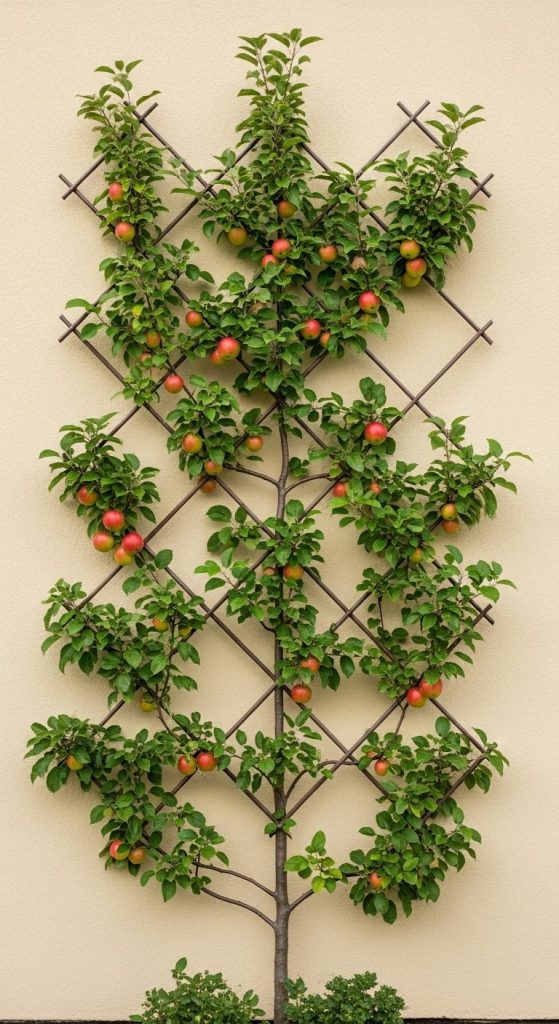
Want a sleek, sophisticated trellis design? Espalier is training plants flat against a wall — useful for dwarf fruit trees or decorative vines. It creates form and function in one.
Pros
- Maximises limited space: plants grow flat, not out or up, making it ideal for tight yards.
- Creates architectural interest: bi- or multi-branched shapes become sculptural.
- Supports fruit production in space-efficient way if you choose fruit trees.
Cons
- Requires more skill/training — you’ll need to prune and tie fruiting layers for that “flat” effect.
- Wall surfaces may reflect heat, requiring selection of plants tolerant to that micro-climate.
Takeaway:
If you’re after refined structure and maybe some fruit, an espalier trellis is your design-smart move.
12. Temporary or Seasonal Trellis for Annuals or Containers
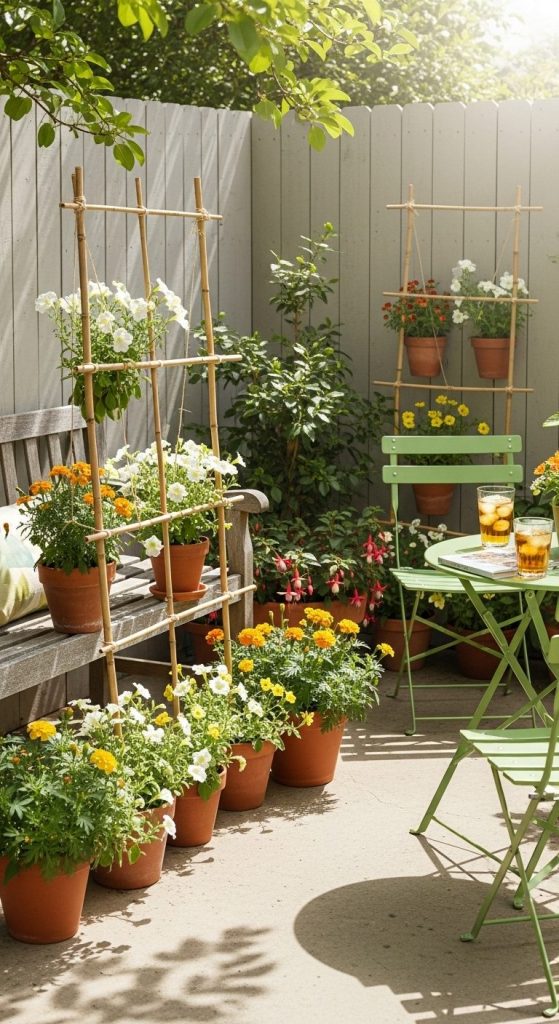
You don’t always need a permanent structure. For annual plants or container gardens, a lean-to or removable trellis is a smart DIY option. It’s flexible, less committed, and still provides vertical support.
Pros
- Won’t dominate long-term design — you can change it out each season.
- Works well for rented spaces or gardening in containers, balconies, patio.
- Lower cost and fewer anchors required.
Cons
- Less durable — frames may move or shift, so you’ll need to monitor stability.
- Because they’re temporary, you might sacrifice aesthetic permanence or strong construction.
Takeaway:
If you’re planting annuals or want flexibility, a seasonal or container trellis gives vertical support without long-term commitment.
13. Trellis with Integrated Seating or Bench Feature
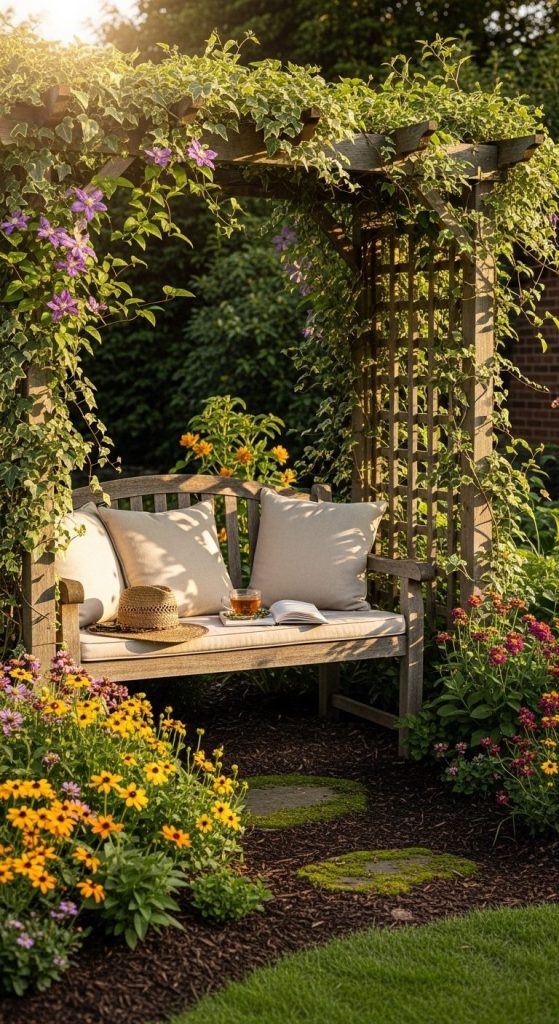
Here’s a design-friendly twist: build a trellis that frames or backs a garden bench or seating area. Your trellis isn’t just for plants — it becomes part of a livable outdoor space.
Pros
- Combines utility and beauty: you get seating + vertical planting in one.
- Creates a cozy nook: surrounded by vines, you feel “in” the garden rather than looking at it.
- Encourages use: you’ll actually sit in your garden rather than just admire it.
Cons
- Complexity: you’ll need to design and build seating and trellis together, so it takes more planning.
- Vines near seating may drop leaves or fruit — you’ll want to consider maintenance from a human-comfort perspective.
Takeaway:
If you love the idea of a “garden room,” building a trellis-seat combo makes your outdoor space as usable as it is beautiful.
14. Indoor/Greenhouse Trellis for Plants That Start Inside

Not all trellises live outside. If you start seedlings inside or have a greenhouse, building a small indoor trellis or rack for climbing plants gets you a head start — and makes your work look professional.
Pros
- Maximises space even inside: vertical trellis for vines inside or in greenhouse helps optimise.
- Helps train plants early so they’re ready for transplant outdoors.
- Adds visual interest to indoor growing zones — who says trellis is only for outdoors?
Cons
- Indoor trellises must fit climate control: humidity, light and space differ from outdoors.
- Materials need to suit indoor use too (e.g., rust-proof if near water).
Takeaway:
Start early with a trellis inside — your plants grow stronger, taller, and you’ll be ahead of the curve when they hit the outdoor garden.
15. Mixed Material Trellis (Wood + Wire + Repurposed Items) for Maximum Creativity

Finally, the “Mix & Match” trellis, where you combine reclaimed wood, wire mesh, metal accents and repurposed items into a one-of-a-kind support structure. It’s custom-happy, design-rich, and perfect for creative gardens.
Pros
- Fully custom: you dictate materials, shape, size, colour and finish.
- Visual texture: mix of wood grain, metal wire, old ladder rungs or window frames brings organic charm.
- Can adapt to challenging sites: odd corners, slopes, partitions — you build something specific.
Cons
- Requires more design effort: you’ll be DIYing specifics rather than following a ready-made plan.
- Potential for inconsistency: mixing materials means each joint or interface may age differently — you’ll need to monitor durability.
Takeaway:
If you love the “hand-crafted” look and want your trellis to reflect your personality, go for a mixed-material build. It’s custom, beautiful, and fully yours.
Conclusion
We’ve covered 15 creative garden trellis ideas DIY — from A-frames to recycled ladders, privacy screens to indoor racks, each with its own purpose and charm. What ties them together is the idea of vertical thinking: turning what was horizontal into height, what was flat into feature, and what was unused into opportunity.
On a personal note: the trellis I built last summer (leaning left slightly because I didn’t anchor one post properly — lesson learned) still gives me joy every time I pass by it and see beans climbing, bees navigating, leaves drifting. That imperfect lean reminds me the garden is alive, not a showroom. And that, I think, is the best part of DIY trellising: you build it, you live with it, and you adjust as the plants grow.
So pick one idea that excites you, grab the tools, and build something. The vines will follow, the garden will rise, and you’ll look back thinking: “Yep. That was a good build.” Happy trellising!

William Martin is a passionate bowler who spends most of his weekends playing the sport. With years of intense experience under his belt, William decided to share his knowledge by creating BOWLING OCEAN. Join me on this journey to explore the world of bowling and discover the tips and tricks to becoming a pro.




